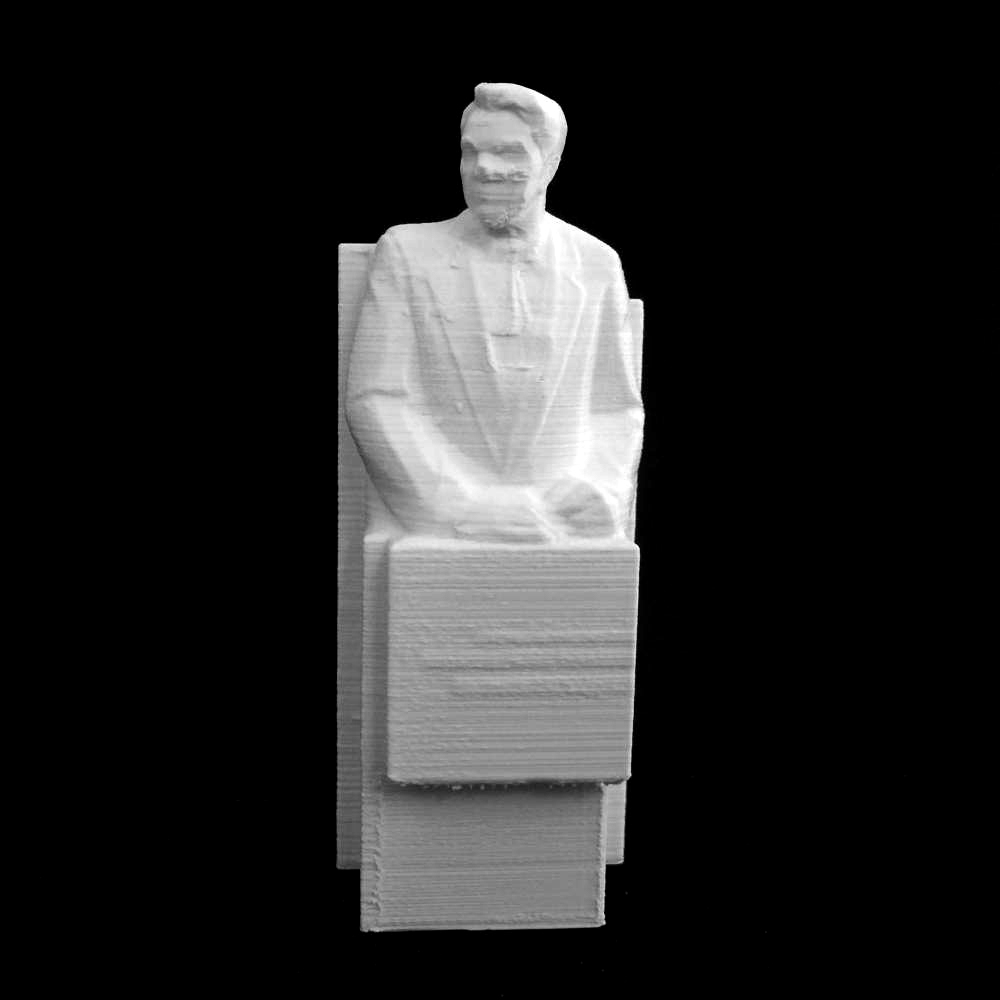
Memorial of Mstislav Keldysh
myminifactory
Mstislav Vsevolodovich Keldysh, a renowned Soviet scientist in mathematics and mechanics, passed away on June 24, 1978, leaving behind a legacy of groundbreaking achievements. Born on February 10, 1911, Keldysh was an academician of the USSR Academy of Sciences since 1946 and served as its President from 1961 to 1975. He received three Hero of Socialist Labor medals in 1956, 1961, and 1971, and was a fellow of the Royal Society of Edinburgh since 1968. Keldysh's family background played a significant role in shaping his life. His grandfather, Mikhail Fomich Keldysh, was a military physician who retired with the rank of General, while his grandmother, Natalia Keldysh (née Brusilova), was a cousin of famous general Aleksei Brusilov. Keldysh's maternal grandfather, Alexander Nikolaevich Skvortsov, was a General of Infantry and a hero of the Caucasian War. Keldysh's father, Vsevolod Mikhailovich Keldysh, was a civil engineer and Major General of the Engineering Service. He was a full Professor at the Kuybyshev Military Engineering Academy since 1918 and a Distinguished Engineering Scientist of Soviet Union from 1944. Keldysh's family was not immune to the political repressions of the time; his uncle was sent to a labor camp in the 1930s, while his mother was arrested in 1935 but released after a few weeks. Keldysh's older sister, Ljudmila Keldysh, had a profound impact on his life. A noted mathematician and Keldysh's first teacher, she influenced him to pursue a career in mathematics. Among her children are Leonid Keldysh, director of the Lebedev Physical Institute, and Sergei Novikov, a renowned mathematician. Keldysh's academic achievements began early; he became Doctor of Science in 1937 with his dissertation on Complex Variable and Harmonic Functions Representation by Polynomial Series. He was appointed Professor at Moscow State University in 1937 and Corresponding Member of the USSR Academy of Sciences in 1943. Keldysh received his first Stalin Prize in 1946 for his works on aircraft auto-oscillations. Keldysh's contributions to science were extensive, and he became the leader of a unique group of applied mathematicians involved in large scientific projects in the Soviet Union. He created the Calculation Bureau, which solved mathematical problems related to nuclear weapons development and designed the first Soviet computers. In 1947, Keldysh joined the Communist Party. Throughout his career, Keldysh focused on jet propulsion and rockets, including supersonic gas dynamics, heat and mass exchange, and heat shielding. His work led to the successful testing of the Soviet cruise missile Burya in 1959, which outperformed the Navajo missile being designed in the USA at the time. Keldysh was instrumental in proposing the development of an artificial satellite to orbit the Earth, a project that culminated in Sputnik's launch in October 1957. He received the Lenin Prize in 1957 and Hero of Socialist Labor medals for his contributions to Soviet defense. In 1961, Keldysh became President of the Academy of Sciences and served for 14 years. Keldysh's last scientific works were devoted to creating the Shuttle Buran. He was elected a member of the Central Committee of the Communist Party in 1961 and the Supreme Soviet of the Soviet Union in 1962. Keldysh passed away at the age of 67, leaving behind a legacy of groundbreaking achievements that continue to inspire scientists today. Keldysh's ashes were buried in the Kremlin Wall Necropolis on Red Square, honoring his contributions to science and the Soviet Union. His state funeral was a testament to his enduring impact on the scientific community and the nation he served.
With this file you will be able to print Memorial of Mstislav Keldysh with your 3D printer. Click on the button and save the file on your computer to work, edit or customize your design. You can also find more 3D designs for printers on Memorial of Mstislav Keldysh.
